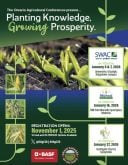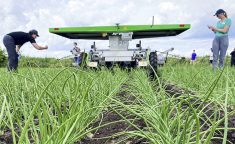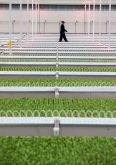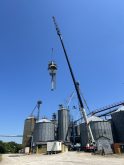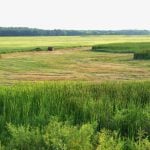Glacier FarmMedia – By 2026, Statistics Canada (StatsCan) may stop asking producers about their planting intentions, how many people they employ and other questions about their on-farm activities.
StatsCan will continue to publish data on crops, livestock and adoption of new technology, so the agriculture industry knows what’s happening on Canadian farms. But the agency is moving away from traditional surveys to gather such information, to reduce the burden on farmers.
Why it matters: Farmer surveys have traditionally provided Statistics Canada with information on crop production and planting intentions.
Read Also
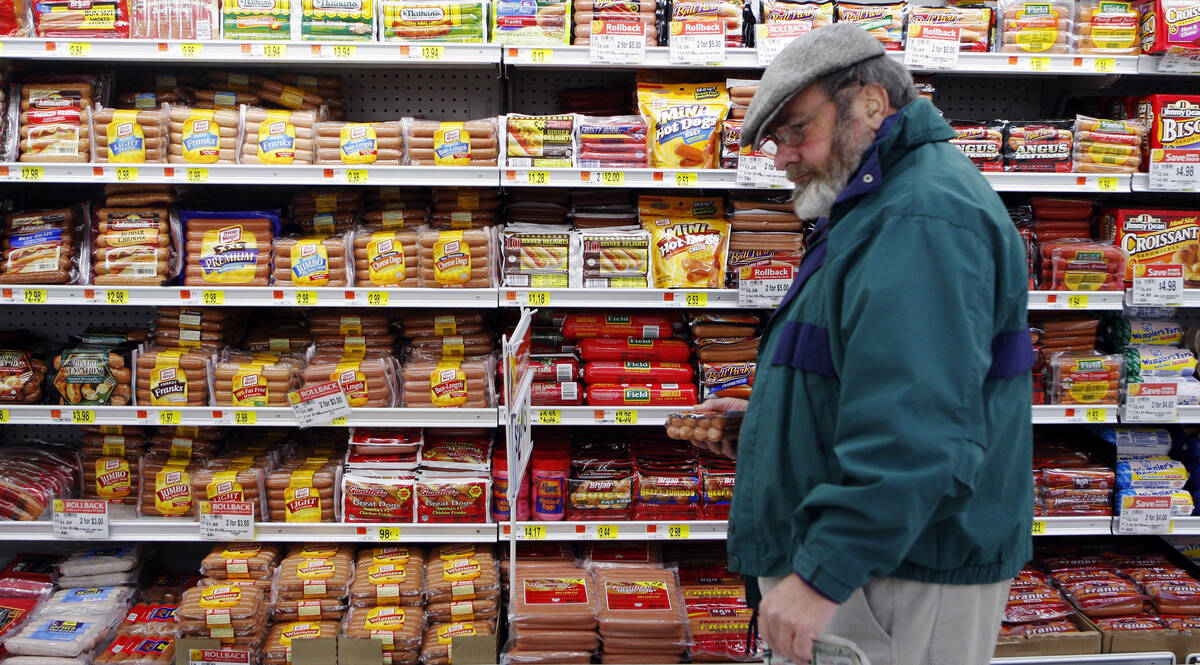
Canada seventh-most influential country on agri-food
Report from Dalhousie University and MNP shows Canada ranks seventh among G20 countries on agri-food influence.
“By replacing time consuming surveys with administrative data, satellite technology and advanced modelling techniques, we are providing the same great data that farmers and Canadians rely on,” StatsCan said in an Aug. 29 news release.
The StatsCan effort, to replace surveys, is known as AgZero, a project that began in 2019.
The basic idea is to use alternative sources of data and new technologies to “reduce the response burden on farmers to as close to zero as possible by 2026.”
The shift has is already underway.
For six years, StatsCan has used satellite imagery, weather data and crop insurance data for its Field Crop Reporting Series, which estimates the yield, acreage and production of Canadian crops.
Its July and September field crop reports, no longer use farmer surveys to generate the estimates.
StatsCan is also developing a way to estimate planting intentions of farmers in March, without a survey of producers.
“We are using administrative data and machine learning algorithms. This alternative method of producing reliable data on planting intentions will result in one less survey for farmers to complete,” StatsCan says.
The agency has also made progress in tracking renewable sources of energy on farms, to cut down on questions in farmer surveys.
“Starting in 2018, we have been using experimental high-resolution satellite imagery and advanced modelling techniques to automatically identify solar panels, mainly on farms, to estimate total solar output.”
However, satellite images of farm buildings and equipment, can lead to concerns about privacy.
StatsCan says all collected information is anonymous.
“This means that data that is made public can never be connected to you, your household or business,” the agency said.
– This article was originally published at The Western Producer.






